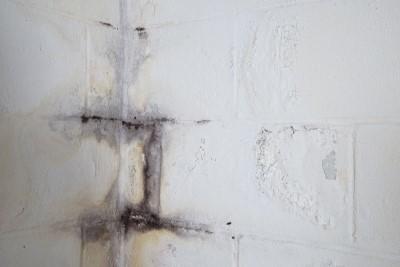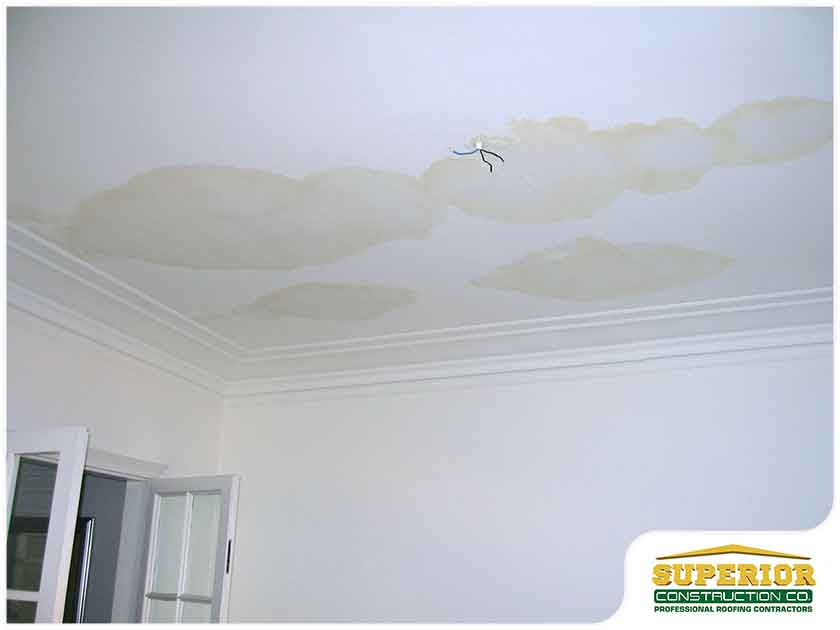What're your opinions on Water Stains on Walls?

Water spots on wall surfaces are not enjoyable to the eyes. Your home must be without stains on the walls, roof, or floorings. That is the optimal state of a house and its frameworks. Often it seems almost inescapable to experience water discolorations on walls in residences.
Home owners living in moist areas frequently deal with the anxiety of water discolorations on wall surfaces. With precise and well-rounded information on the reasons of water discolorations and also timely fixing processes, you will always be an action in advance of such occurrences.
3 Common Root Causes Of Water Discolorations on Wall Surfaces
Unlike common belief, water spots on wall surfaces do not always stem from inadequate structure materials. There are several causes of water stains on wall surfaces. These consist of:
Poor Drainage
When making a building strategy, it is vital to make certain adequate water drainage. This will prevent water from seeping into the walls. Where the drain system is blocked or missing, below ground dampness accumulates. This web links to too much moisture that you notice on the walls of your building.
The leading reason of damp walls, in this instance, can be a bad drainage system. It can additionally be because of poor monitoring of sewage pipelines that go through the building.
Wet
When hot wet air consults with dry cool air, it causes water beads to form on the wall surfaces of structures. When there is steam from food preparation or showers, this occurs in cooking areas and washrooms. The water beads can stain the bordering walls in these parts of your home as well as spread to various other locations.
Moist or condensation influences the roofing system and also walls of structures. This causes them to show up darker than other areas of the house. When the wall surface is wet, it creates an ideal environment for the development of microbes and also fungi. These may have damaging impacts on health, such as allergic reactions as well as respiratory disorders.
Pipeline Leaks
Many homes have a network of water pipelines within the walls. It constantly boosts the practicality of such pipelines, as there is little oxygen within the walls.
Yet, a downside to this is that water leak affects the wall surfaces of the building and creates widespread damages. A telltale sign of defective pipelines is the appearance of a water discolor on the wall surface.
Water Stains on Wall Surface: Fixing Tips
Property owners would usually want a quick fix when taking care of water discolorations. Yet, they would quickly realize this is disadvantageous as the water stains persist. So, right here are a couple of useful ideas that will certainly direct you in the repair service of water stains on walls:
Pro Tip
A houseplant in your home likewise boosts its moisture. If the home is currently moist, you might desire to present houseplants with minimal transpiration. An example of suitable houseplants is succulents.
Conclusion
No one desires to have water spots on wall surfaces in their house, it can happen to the ideal of us. This short article offers you take advantage of, as you now recognize just how to manage this incident if it does happen.
It is always best to hire specialist solutions to aid deal with the problems in your home.
Sometimes it seems practically unavoidable to experience water stains on wall surfaces in houses.
Contrary to popular idea, water spots on walls do not always stem from inadequate structure materials. There are several reasons of water spots on walls. The water beads can discolor the surrounding wall surfaces in these components of your house and spread to various other locations.
Below are a few valuable tips that will lead you in the repair work of water spots on wall surfaces:
CHECKING FOR WATER DAMAGE
Water damage can be costly, and it may begin before you even notice the first signs of trouble. Water damage can cause mold and mildew in your walls and floors, which can create an abundance of health concerns for your family. It can also lead to costly repairs of various appliances and general home fixtures. To avoid the pricey consequences of water damage, here are Warner Service’s top 5 places you should check:
The walls – The easiest place to spot the beginnings of water damage is on the walls and ceilings of your home. If water damage is present, there will most likely be water stains, especially around the windows and doorframes, and/or cracks in the drywall. If a stain looks unusual (discolored to brown, black or gray, raised texture), has a swollen appearance or is soft to the touch, contact a professional immediately. The pipes – To avoid water damage, consistently check the pipes in your kitchen (especially the dishwasher and ice maker), bathrooms, laundry room (specifically washing machines) and basement for corrosion, leaks and water stains. Pay special attention to where the pipes connect in your home and the location of caulking around the bathroom fixtures, including toilets, sinks, showers and tubs. Missing or loose caulking and grout could be signs of leaking water. This seepage can also quickly cause mold and rust, so double check your water heater and tank for wet spots on the floor. The floor – Water damage is very easy to spot on the floor. Look for any warping or buckling of the material, especially in the basement. If your home has wood flooring, look for bright white or dark stains. If your home has carpeting, keep it dry and clean. A damp carpet that smells of mold could cause water damage and health problems. To avoid this, consider installing floor pans under your appliances to help prevent damages from small, slow and undetected leaks. The basement and attic – If your basement or attic smells odd check for mold and mildew around the area, especially the valley where the roof meets. While you are inspecting those areas, check for wall cracks, floor stains, rust and dampness in the insulation. If you live in a colder and/or rainier climate, perform routine checks for water damage from melting snow or ice and rain. The exterior – Check the roof for damaged flashing and missing, cracked or curled shingles. There should also be no standing water anywhere outside your home. This could be caused by puddles, leaky rain gutters or hoses, poor drainage, or short gutter spouts. Invest in a sump pump system or water flow monitoring system, and perform routine maintenance on these outdoor appliances to avoid indoor water damage.

I have been very interested by How to Remove Water Stains from Walls and Ceilings and I'm hoping you appreciated the new article. Sharing is nice. You won't know, you may very well be doing someone a favor. Thanks so much for taking the time to read it.
Go Deal Now